How To Screen Cast Iphone To Sony Tv
Which Sony TV Is Right for You?

Which Sony TV Is Right for You?
Sony offers fewer lines and models of TVs than competitors such as LG and Samsung, especially when it comes to less expensive sets. However, noticeable variations among Sony's TV lines mean that customers still have plenty of options to consider.

From a 32-inch HD TV ($299) that makes for a good secondary set, to a 65-inch OLED TV ($3,998), to a massive 100-inch 4K Ultra HD set ($59,999), Sony's TV lineup has something for everyone's budget and viewing needs. All sets come with at least two HDMI ports, and all 4K Ultra HD sets offer the Android TV smart TV platform, which connects to streaming services such as Netflix and Pandora and supports Google voice commands. Not surprisingly, the Sony TVs that support high dynamic range (HDR) standards are good options for HDR gaming systems such as the PlayStation 4.
This Sony TV Buying Guide will help you determine which set is right for you.
Cheat Sheet: Sony's TV Lineup at a Glance
| Series Name | Price Range | Screen Sizes | Best Seller | What You Get | Best For |
|---|---|---|---|---|---|
| HD and Full HD (W630B, W650D, W60D) | $299.99 to $699.99 | 32 to 60 inches | KDL48W650D This 48-inch smart 1080p set has just 2 HDMI ports but costs less than $430. $599 Amazon Marketplace | 1080p and 720p screens, 2 to 4 HDMI ports | Secondary TV |
| 4K UHD (X940E, X900E, X850E, X800E, X720E, X690E) | $579.99 to $4,499.99 | 43 to 75 inches | KD55X720E The 55-inch X720E smart TV comes in at $749. $1,097.92 Amazon | 4K, Android TV, full HDR support, 3 or 4 HDMI ports, 60- or 120-Hz refresh rate | Secondary UHD TV in small rooms or budget primary set in large rooms |
| OLED (XBR A1E) | $3,299.99 to $17,999.99 | 55 to 77 inches | XBR 65A1E The 65-inch model of this OLED set strikes the right balance between size and price. $2,998 Amazon | 4K, Android TV, full HDR support, Acoustic Surface, 4 HDMI ports, 120-Hz refresh rate | Those who want the best picture quality |
| 4K UHD (Z9D) | $4,499.99 to $59,999.99 | 65 to 100 inches | XBR75Z9D Yes, this 75-inch set costs $9,000, but a similarly sized OLED is nearly twice as much. $8999.99 Best Buy | 4K, Android TV, full HDR support, 4 HDMI ports, 120-Hz refresh rate | Those who want a great — and really big — 4K picture |
Full HD and HD Ready: Sizable Secondary TVs
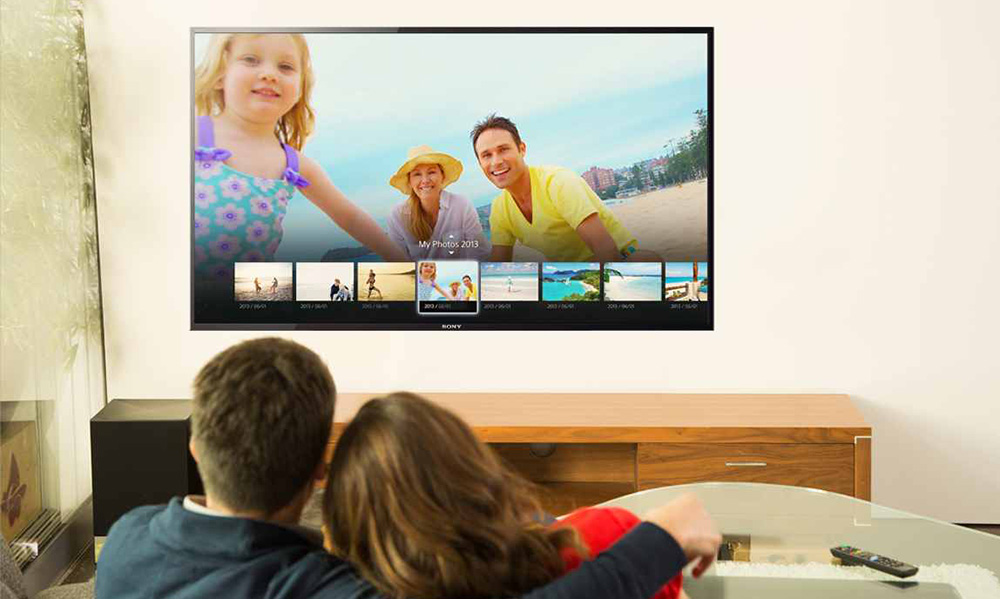
Full-HD TVs feature a resolution of 1920 x 1080 pixels, which is often referred to as 1080p. This is the resolution used by broadcast TV, streaming internet and most Blu-ray movies. However, 1080p is quickly being replaced by Ultra HD (4K) TVs, which are dropping in price and can upscale full-HD content.
More: 4 Reasons You Should Buy a 4K TV
Sony's small lineup of full-HD and HD TVs (with a resolution of 1366 x 768 pixels, or 720p) reflects this industry shift. In the United States, the company offers only three series of HD and full-HD TVs in four sizes — substantially fewer than competitors LG and Samsung, both of which have an array of low-end TVs. What's more, Sony has not released new HD or full-HD TVs in the U.S. this year. The three series compared in the chart below came out in mid-2016.

Overall, Sony's HD and full-HD TVs are solid options for a secondary set in a bedroom or playroom, where access to a TV matters more than jaw-dropping color or a stylish frame. It's worth noting that the smallest full-HD TV is the 40-inch W650D, which might be too large for certain rooms of the house, including a kitchen, children's bedroom or dorm room. For those rooms, you'd want the 32-inch W600D, which, at 720p, would not be ideal for Blu-ray movies or video games.
More: Buying a TV? Here Are 11 Things You Should Know
These sets don't include features such as HDR or Android TV, though the W630B does include smart TV features (Skype and social viewing) that can be used with a camera purchased separately. The availability of features such as Wi-Fi, color enhancement, extra HDMI ports, a faster refresh rate and Frame Dimming — which utilizes the whole frame of the screen when changing intensity as opposed to the smaller zones used in Local Dimming — varies quite a bit among these sets. If any of those features are must-haves for your secondary TV, then consider the comparison chart below carefully.
| | W630B | W650D | W600D |
|---|---|---|---|
| Size(s) | 60 inches | 48, 40 inches | 32 inches |
| Price(s) | $500 Amazon Marketplace | $599 Amazon Marketplace | $298.00 Amazon |
| Picture Processor | None | None | None |
| Color Enhancement | Deep Color | Live Color | None |
| Sound Output (watts) | 20 | 10 | 10 |
| Smart TV | Some Smart TV apps | None | None |
| HDMI Ports | 4 | 2 | 2 |
| Wi-Fi | Yes | No | Yes |
| Resolution | 1920 x 1080 (1080p) | 1920 x 1080 (1080p) | 1366 x 768 (720p) |
| Refresh Rate | 120 Hz | 60 Hz | 60 Hz |
| Dimming | None | Frame Dimming | Frame Dimming |
| HDR | None | None | None |
4K Ultra HD: A Variety of State-of-the-Art Options

With a resolution of 3840 x 2160 pixels, 4K Ultra HD TVs have replaced 1920 x 1080-pixel full-HD TVs as the industry standard. These sets support Ultra HD movies and television shows and upscale existing full-HD content to the point that it looks almost as good as Ultra HD content. This makes a 4K Ultra HD TV a good investment for anyone who wants a set that will be ready for a growing stream of Ultra HD content but won't necessarily break the bank.
More: What Is 4K TV? An FAQ on Ultra High Definition
Sony offers seven lines of 4K Ultra HD TVs — six in the X series and one in the Z series, which debuted last summer. Because the Z series includes some technology that's unique for an LCD TV, it's covered separately.
The higher-end lines (including the Z series) offer the following standard features:
- The Android TV smart TV platform, which comes with built-in Chromecast support that allows streaming from Android as well as iOS and Windows devices. Users can stream from popular sites such as Netflix, Hulu, Pandora and YouTube. Android TV also features voice-enabled Google search and connects to Google Play.
- Four HDMI ports and Wi-Fi connectivity.
- Support for the Dolby Vision, HDR 10 and Hybrid Log-Gamma standards. That makes these sets compatible with HDR gaming systems such as Sony's PlayStation 4 and PlayStation 4 Pro. It also makes these sets a good future bet, as they will support whichever HDR standard becomes the most popular in the future.
- Motionflow XR technology, which compares visual factors on successive frames to calculate the action missing in between frames and fill in the gaps. This makes the sets in the X and Z series strong options for customers who expect to watch a lot of action movies and sporting events or play a lot of video games that move at a quick clip.
Meanwhile, the recently launched X720E and X690E lines come with three HDMI ports instead of four and do not offer the Android TV platform, though Netflix and YouTube video streaming can be accessed with the push of a button on the TV remote. All other features mentioned above are standard.
More: What Is HDR TV , and Why Does It Matter?
As seen in the comparison chart below, there's quite a bit of price and feature variance among the six X lines, especially when it comes to picture processing, color display, sound output and dimming.
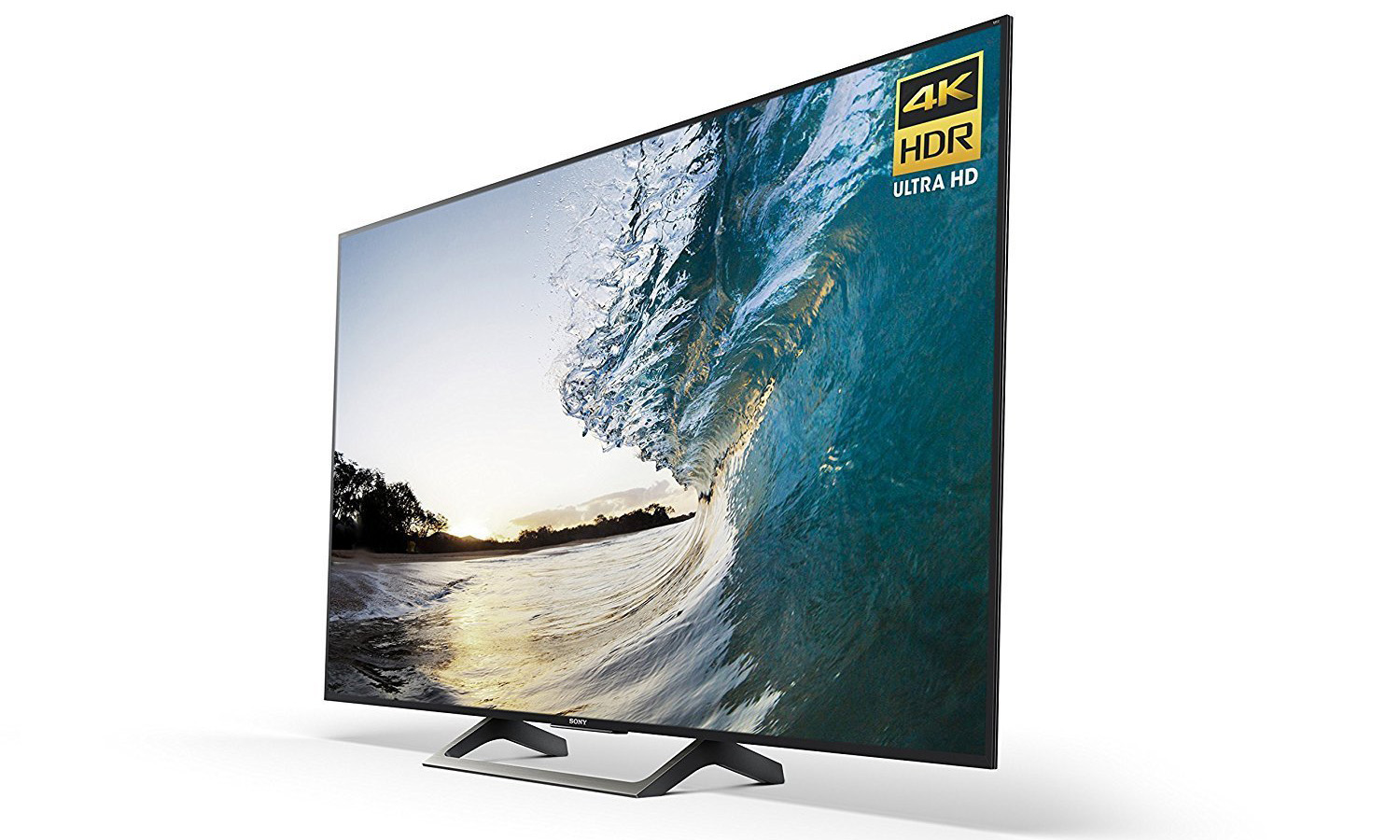
The smaller and less expensive X800E and X720E models offer a low point of entry into 4K Ultra HD TVs. These would be good starter sets for a small living room or secondary sets in a large bedroom or kitchen, where viewers will still want to watch Blu-ray movies or play video games. On the other hand, the X940E would work in a large living room or family room for consumers who aren't ready to spend several thousand dollars on a high-end Z9D or Bravia XBR A1E. Finally, the X690E is a good option for customers who want a big screen for their large living room but don't have the budget for a higher-end 4K UHD TV.
| | X940E | X900E | X850E | X800E | X720E | X690E |
|---|---|---|---|---|---|---|
| Size(s) (inches) | 75, 65, 55 | 75, 65, 55, 49 | 75, 65 | 55, 49, 43 | 55, 49, 43 | 70, 60 |
| Price | $2,798 Amazon | $1098.00 Amazon | $1,099.99 Best Buy | $648 Wal-Mart | $1,097.92 Amazon | $998 Amazon Marketplace |
| Picture Processor | 4K HDR Processor X1 Extreme | 4K HDR Processor X1 | 4K HDR Processor X1 | None | None | None |
| Blacks and Colors | Live Color, Precision Color Mapping, Super bit mapping 4K HDR, Triluminos Display | Live Color, Super bit mapping 4K HDR, Triluminos Display | Live Color, Super bit mapping 4K HDR, Triluminos Display | Live Color, Triluminos Display | Live Color | Live Color |
| Sound Output (watts) | 50 | 20 | 20 | 20 | 20 | 20 |
| Smart TV | Android TV | Android TV | Android TV | Android TV | None | None |
| HDMI Ports | 4 | 4 | 4 | 4 | 3 | 3 |
| Wi-Fi | Yes | Yes | Yes | Yes | Yes | Yes |
| Resolution | 3840 x 2160 (4K) | 3840 x 2160 (4K) | 3840 x 2160 (4K) | 3840 x 2160 (4K) | 3840 x 2160 (4K) | 3840 x 2160 (4K) |
| Refresh Rate | 120 | 120 | 120 | 60 | 60 | 60 |
| Dimming | Local Dimming | Local Dimming | Frame Dimming | Frame Dimming | Frame Dimming | Frame Dimming |
| HDR | Dolby Vision, HDR 10, Hybrid Log-Gamma | Dolby Vision, HDR 10, Hybrid Log-Gamma | Dolby Vision, HDR 10, Hybrid Log-Gamma | Dolby Vision, HDR 10, Hybrid Log-Gamma | Dolby Vision, HDR 10, Hybrid Log-Gamma | Dolby Vision, HDR 10, Hybrid Log-Gamma |
Bravia XBR A1E: Amazing OLED Picture, Immersive Sound
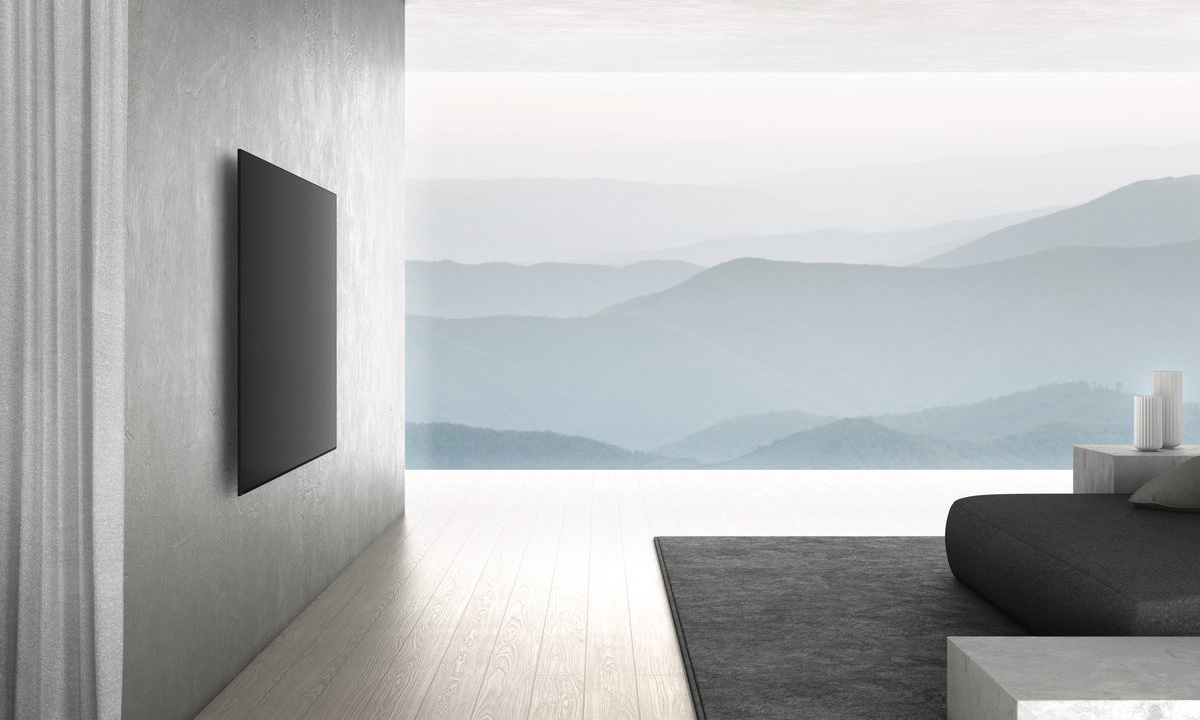
Unlike liquid crystal display (LCD) TVs, organic light emitting diode (OLED) TVs use organic compounds to create colors, with each color represented by a mixture of carbon and other elements. Electricity activates the OLEDs when the sets are turned on, and the OLEDs light up or turn off depending on what color should be displayed.
More: What Is OLED?
The ability to be turned off is what separates OLED TVs from LCD panels. The latter sets require backlighting, which means the colors can't be turned off completely, and therefore, the sets cannot create a "true" black. OLED sets also allow for better viewing angles than LCD and plasma sets; this makes them good options for large living rooms or home theaters, where people won't be sitting right in front of the TV.
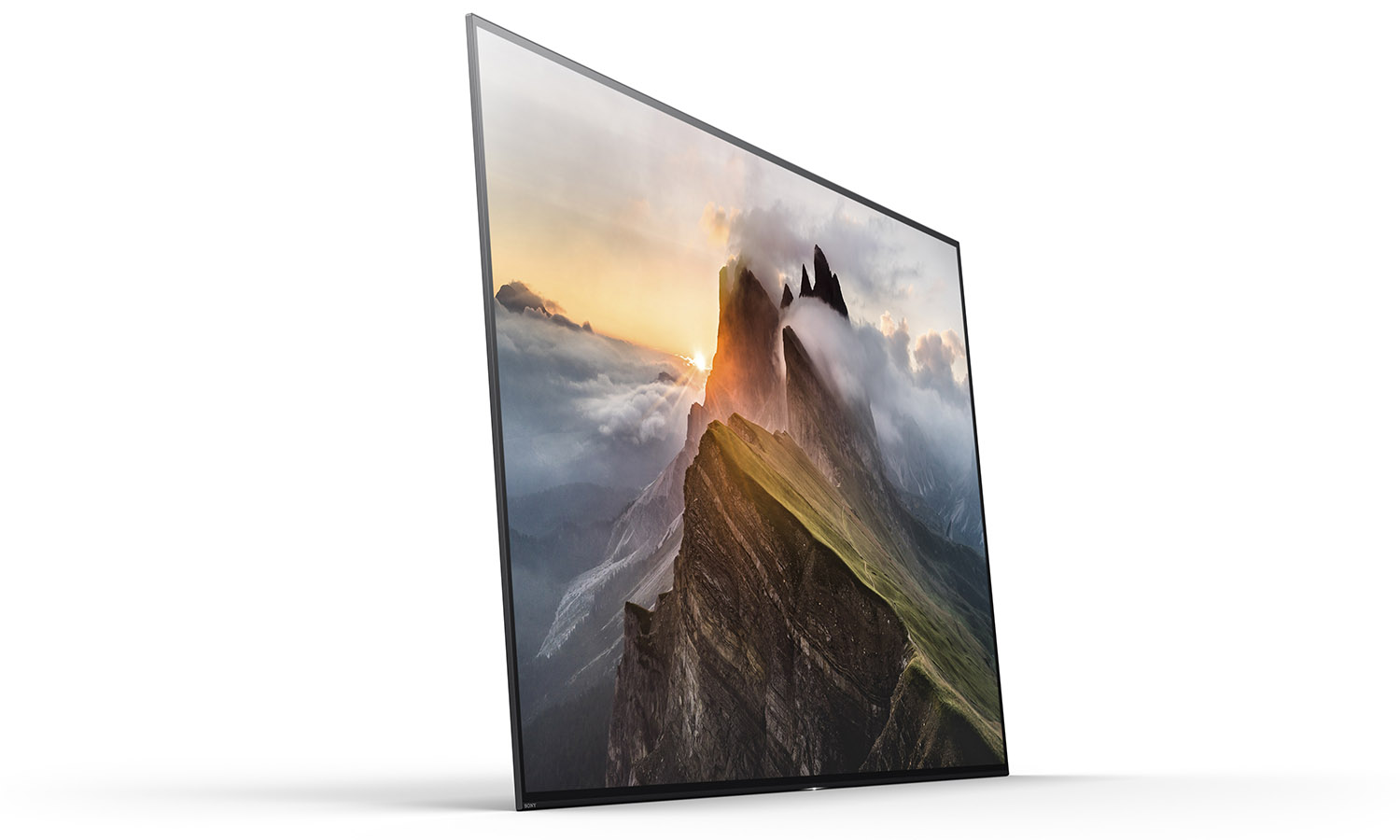
Sony offers one OLED TV, the Bravia XBR A1E, which comes in 77-, 65- and 55-inch models. This set uses Sony's latest HDR technology, called 4K HDR Processor X1 Extreme. The company says this offers 40 percent more real-time image processing than the 4K Processor X1 technology used in its X series of 4K UHD TVs, which further improves the picture quality of upscaled HD and full-HD content.
Instead of speakers that are set below the screen, or are contained in a peripheral soundbar, the Sony XBR A1E has two actuators behind the TV that vibrate to create sound. Sony calls this feature its Acoustic Surface technology. Plus, there's a subwoofer built into the TV stand. The company says this creates a more immersive sound experience, which may appeal to people who would prefer not to install a separate sound system.
| | XBR A1E |
|---|---|
| Size(s) (inches) | 77, 65, 55 |
| Price | $2,998 Amazon |
| Picture Processor | 4K HDR Processor X1 Extreme |
| Colors | Live Color Technology, Precision Color Mapping, Super bit mapping 4K HDR, Triluminos Display |
| Sound Output (watts) | 50 |
| Smart TV | Android TV |
| HDMI Ports | 4 |
| Wi-Fi | Yes |
| Resolution | 3840 x 2160 (4K) |
| Refresh Rate | 120 |
| Dimming | Local Dimming |
| HDR | HDR 10, Hybrid Log Gamma, Dolby Vision |
Z9D: An LCD TV That Looks and Acts Like an OLED TV
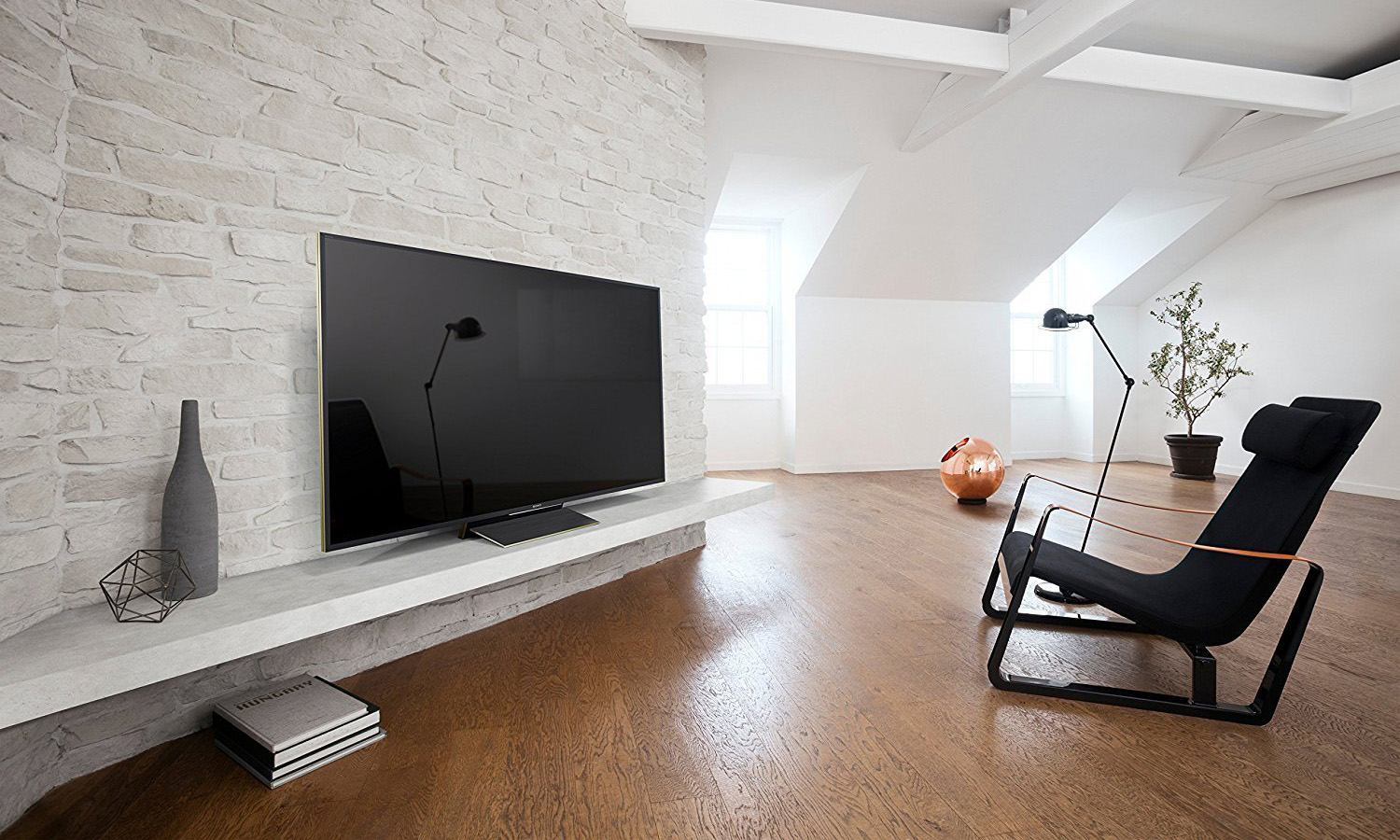
The Z9D is an LCD TV that Sony has positioned as a competitor to LG's OLED TVs and Samsung's QLED TVs. In fact, in the list of TVs on the Sony website, the Z9D appears first, ahead of its OLED TV, the XBR A1E.
It includes two key enhancements over many of the company's 4K UHD sets:
- 4K HDR Processor X1 Extreme, which improves contrast and produces a wider array of colors than the company's 4K Processor X1 technology. The processor can upscale HD content to near-4K HDR quality. (X1 Extreme is also available in the XBR A1E and the X94E.)
- Backlight Master Drive, which is LED backlight technology that dims and boosts each LED individually, rather than using zone-based LED dimming. This creates deeper blacks, which addresses a key shortcoming of most LCD TV models, as well as more vibrant lighter colors.
More: Sony's Z Series Challenges OLED TVs for Supremacy
If size is what you want, then the 100-inch ZD9 is the set for you — if you have $60,000 to spend.

Otherwise, the 75-inch Z9D is roughly half the cost of the 75-inch A1E, while the 65-inch models of both series are the same. The number of HDMI ports is the same, as is the HDR and Android TV support. The main differences between the Z9D and the A1E are sound output and refresh rate, both of which are better on the A1E. In other words, if you want a 75-inch set, you should consider the Z9D, but the A1E is the better bet for a 65-inch set.
| | Z9D |
|---|---|
| Size(s) (inches) | 100, 75, 65 |
| Price | $8999.99 Best Buy |
| Picture Processor | 4K HDR Processor X1 Extreme |
| Blacks and Colors | Backlight Master Drive, Live Color, Precision Color Mapping, Super bit mapping 4K HDR, Triluminos Display |
| Sound Output (watts) | 20 |
| Smart TV | Android TV |
| HDMI Ports | 4 |
| Wi-Fi | Yes |
| Resolution | 3840 x 2160 (4K) |
| Refresh Rate | 120 |
| Dimming | Local Dimming |
| HDR | HDR 10, Hybrid Log Gamma, Dolby Vision |
- Which LG TV Is Right for You?
- How Much You Should Spend When Buying a TV?
- QLED vs. OLED: What's the Difference?

Brian Eastwood is a freelance writer for Tom's Guide, focusing primarily on running watches and other wearable tech. Brian has been a professional writer and editor since 2003. He has covered healthcare tech, enterprise tech, higher education, and corporate leadership for a range of trade publications. Brian is a lifelong Massachusetts native and currently lives outside of Boston. Outside of work, he enjoys running, hiking, cross-country skiing, and curling up with a good history book.
How To Screen Cast Iphone To Sony Tv
Source: https://www.tomsguide.com/us/sony-tv-buying-guide,review-4667.html
Posted by: carrionpogmeher.blogspot.com

0 Response to "How To Screen Cast Iphone To Sony Tv"
Post a Comment